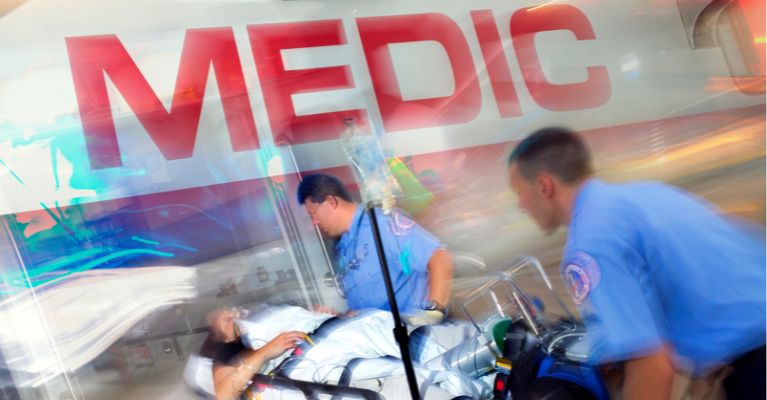- View WHO releases Global status report on road safety 2023 Currently reading
WHO releases Global status report on road safety 2023
Type of article: News | Report
MedED Catalogue Reference: MGN009
Category: News | Emergency Medicine, Public Health
Keywords: emergency medicine, traffic accidents, WHO
Top

14 December 2023, 08:13
Contributor: Linda Ravenhill
Wednesday, 13 December, Geneva
The WHO released the 2023 Global status report on road safety at a press conference in Geneva yesterday. The report is the 5th edition since its inception in 2010.
While the death rate has fallen since that initial 2010 report, each year 1,19 million people worldwide still die as a result of traffic accidents. Unsurprisingly, nine out of every ten deaths attributed to traffic incidents occur in low- and middle-income countries. Of the 170 countries participating, the African region block recorded 19% of the global death tally, third behind the WHO South-East Asia Region (28%) and the Western Pacific Region (25%).
In terms of global impact, road accidents are the leading cause of death in children and youth aged 5 to 29 years and the 12th leading cause of death for all ages. More than half of fatalities are among pedestrians, motorcyclists, and cyclists. Over and above the tragedy of these deaths and the burden on the public healthcare systems they represent, two-thirds of deaths occur among people of working age (18– 59 years), which has serious long-term social and economic consequences for society.
The contributors agree that while the decline in overall deaths shows that efforts to improve road safety are working, it falls well short of the meeting target of the United Nations Decade of Action for Road Safety 2021–2030 which is to halve deaths by 2030. Clearly, much more needs to be done.
Jean Todt, UN Special Envoy for Road Safety, concluded: “As we work towards meeting the goal of halving road crash deaths by 2030, we need a paradigm shift in leadership, commitment, investment, and action from governments everywhere, and including everyone in society, from road users to those who design and build our infrastructure.”
Access associated content
Download the Report: Global status report on road safety 2023 (PDF)
Back to top
This article is compiled from various resources researched and compiled by the contributor. It is in no way presented as an original work. Every effort has been made to correctly attribute quotes and content. Where possible, all information has been independently verified. The Medical Education Network bears no responsibility for any inaccuracies which may occur from the use of third-party sources. If you have any queries regarding this article contact us
Fact-checking Policy
The Medical Education Network makes every effort to review and fact-check the articles used as source material in our summaries and original material. We have strict guidelines in relation to the publications we use as our source data, favouring peer-reviewed research wherever possible. Every effort is made to ensure that the information contained here is an accurate reflection of the original material. Should you find inaccuracies, out of date content or have any additional issues with our articles, please make use of the contact us form to notify us.


